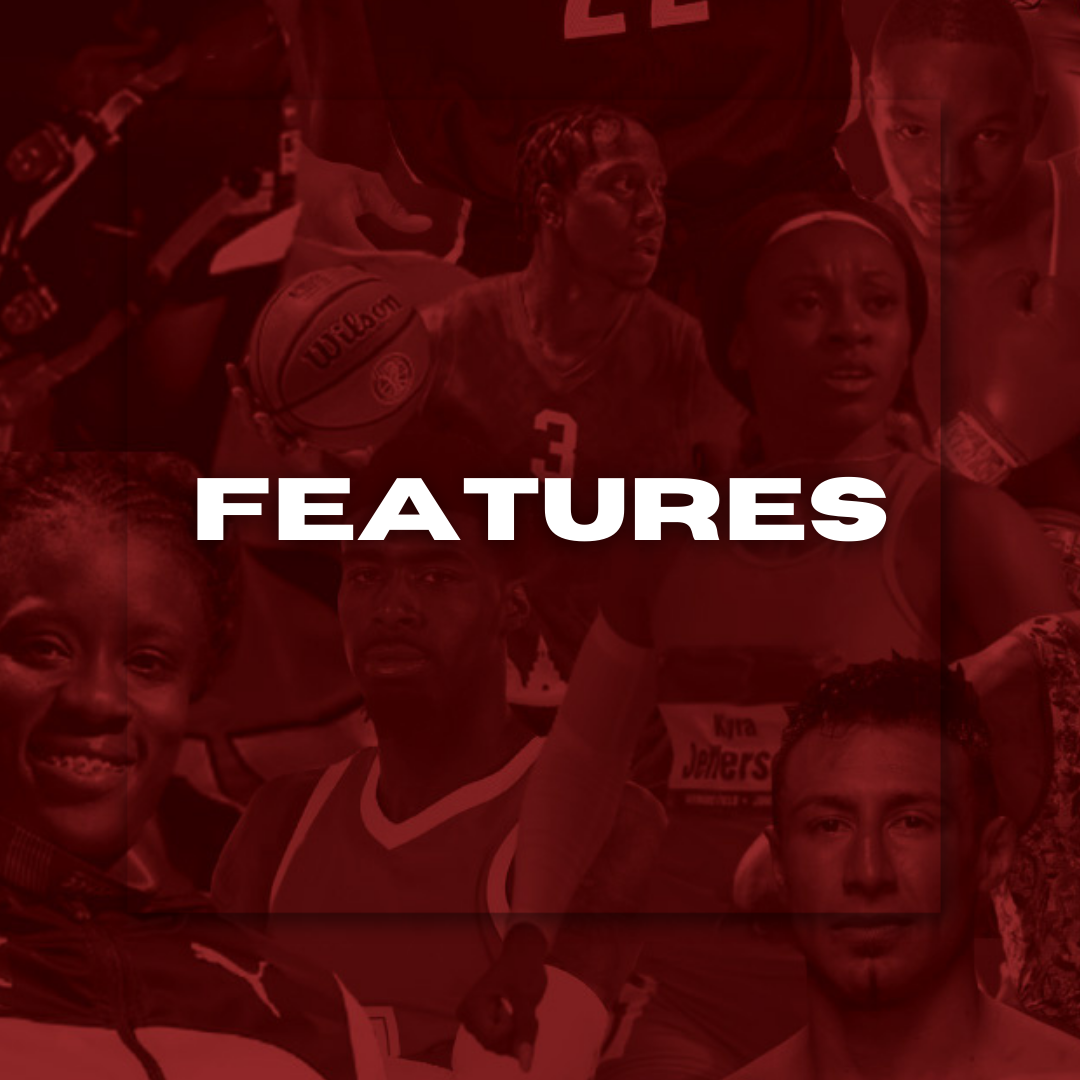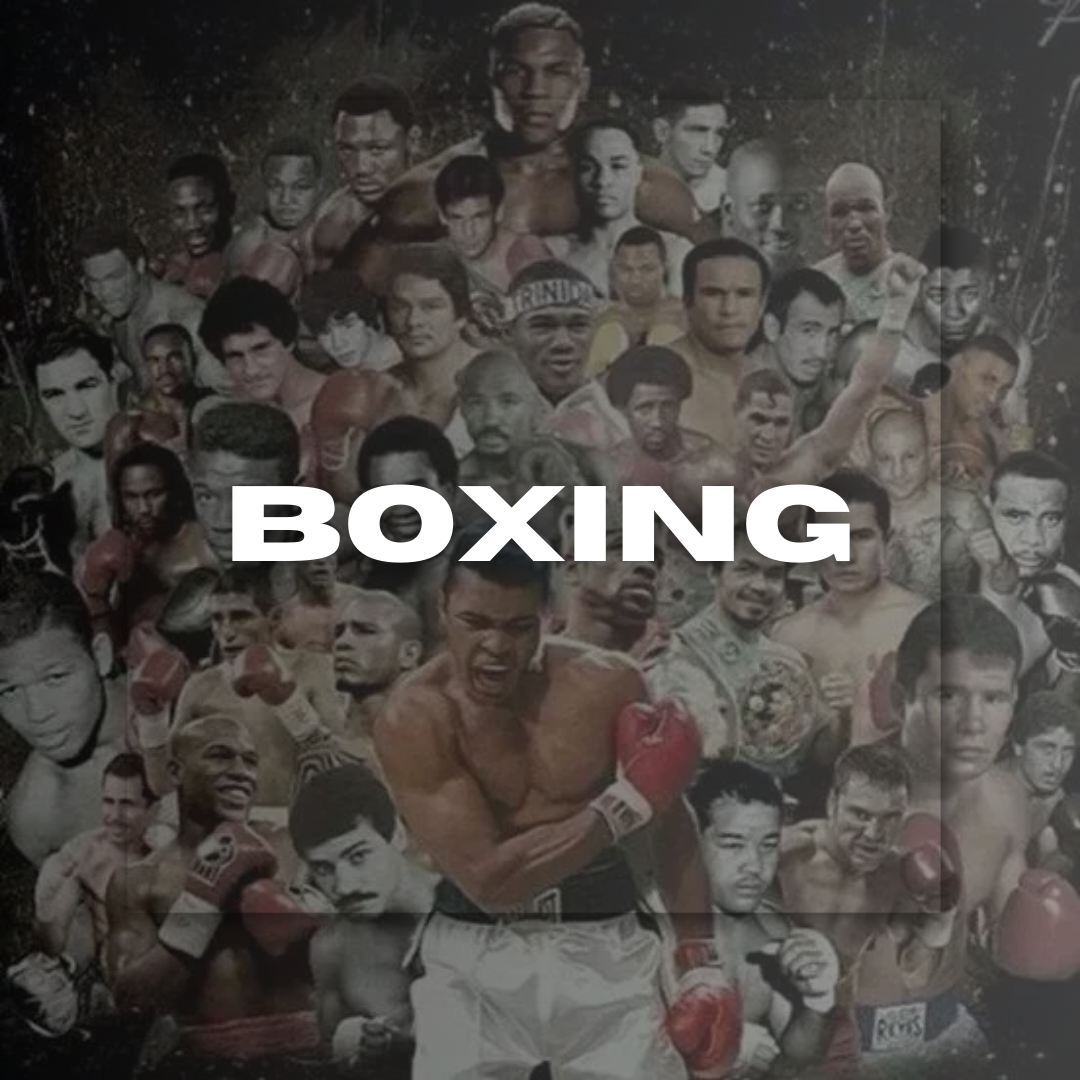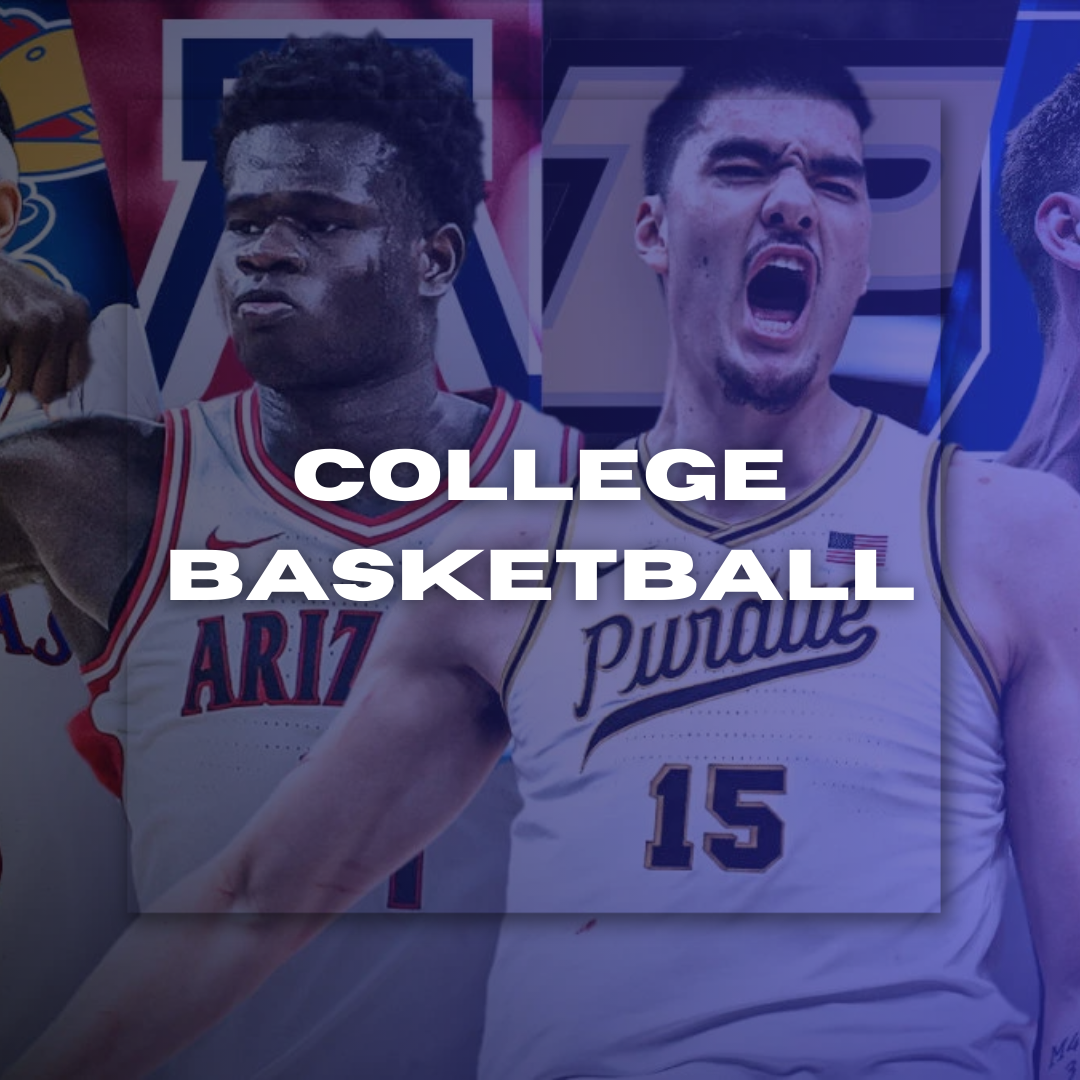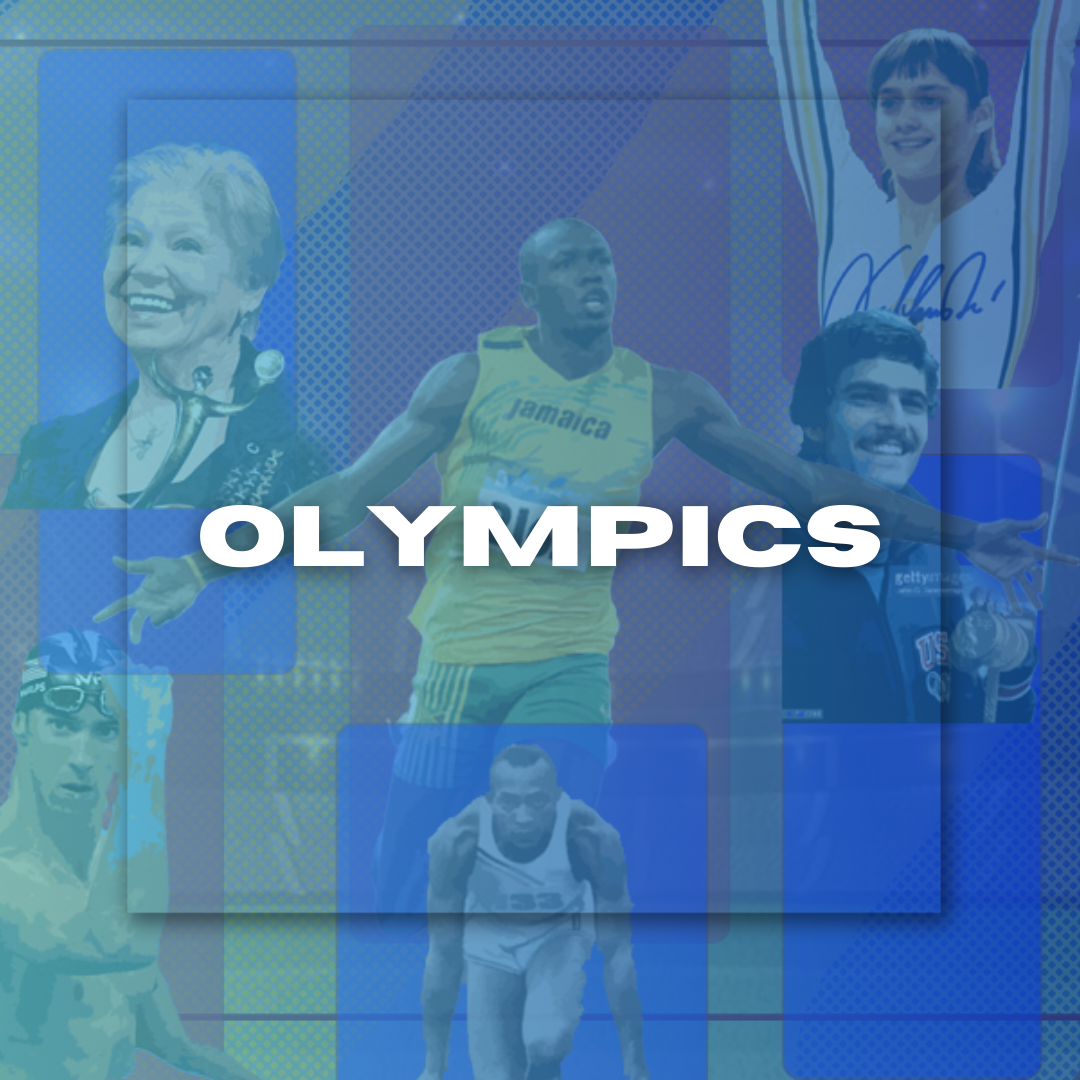
What Qualifies an Individual as a Paralympic Athlete?
What Qualifies an Individual as a Paralympic Athlete?
By Jocelyn Alano July 24, 2024 05:29
The Paralympic Games offer a platform for athletes with physical, intellectual, and sensory impairments to showcase their talents and compete internationally. Behind the inspiring performances and sporting excellence lies a meticulously designed classification system, ensuring fair and equitable competition. Here's a closer look at what qualifies an individual as a Paralympic athlete, encompassing eligibility, classification, and the preparation involved.
The Ten Types of Eligible Impairment
- Loss of Muscle Power: Weakness such as in spinal cord injury, muscular dystrophy, or post-polio syndrome limited motion due to contractures and pain leading people with muscle disorders may have a progressive loss of strength gangrene amputations controlling nerves are worn.
- Passive Range of Movement: A range less than the reference standard for joint movement due to arthrogryposis or similar permanently reduced ROM in one or more joints
- Malformation of limbs: Complete or partial absence of bones, which may result from a combination with sequelae such as pain in the area affected by trauma like amputation
- Leg Length Discrepancy: This could happen if one leg is shorter than the other, perhaps due to a congenital defect or an injury
- Hypertonia: An abnormal increase in muscle tension and a reduced ability of a muscle to stretch tightness
- Ataxia: Muscles do not work together properly due to cerebral palsy.
- Athetosis: Episodic uncontrolled movement with difficulty in keeping a symmetrical posture in cerebral palsy
- Visual impairments: A limitation in the structure of one or more eyes that prevents them from proper function, light reception felt by optical nerves and paths, and or visual cortex part of the brain such as due to retinitis pigmentosa or diabetic retinopathy
- Constituent Functioning: An inadequate functioning of intellectual and adaptive skills, as manifested by childhood mental retardation or traumatic brain injury.
- Low height: Permanent situation which stops increasing, such as achondroplasia
The Classification System
At the heart of the Paralympic Movement is its unique classification system—a research-based concept developed to bring athletes with similar types and degrees of impairments together in fair competition.
Three Steps that Streamline the Classification Process.
Determining an Eligible Impairment: The first thing that needs to be reviewed is whether IPC has verified the person as having eminent impairments.
Evaluating Minimum Impairment Standards: Every sport has its own set of standards, often called "Minimum Impairment Criteria," that determine the severity of impairment needed to make an athlete eligible.
Classifiable: If a swimmer, for example, is eligible, they will have to meet with a classification panel that assesses the athlete's functional abilities and allocates them their Sport Class, which means grouping athletes who perform similar functions in competition against one another.
Paralympic Athlete Preparation and Training
Paralympic athletes follow diverse training protocols informed by their specific impairments and sports disciplines. They collaborate with coaches, physiotherapists, and sports scientists to design exercise regimes that help optimize their performance while minimizing the effect of their impairments.
Countless Paralympic athletes incorporate custom-made gear and prostheses to further improve their athletic functionality. For example, wheelchair racers use special racing wheelchairs, and track and field events may include a paralympic classification but very rarely require any modification in terms of equipment.
Like all other athletes, Paralympians must hit the gym to be their strongest selves on competition day. They employ techniques of goal-setting, visualization, and coping to deal with the specific challenges they face, such as public stigma about disabilities, changing impairments that arise over time, and balancing their athletic career alongside daily life.
Paralympic Games qualification
Qualification for the Paralympic Games to its respective sport and country is among the most widely contested processes. Athletes must meet the specific sport Minimum Qualification Criteria ( MQC) set by IPC and International Sport Federations.
These criteria aim to make sure that the top athletes with impairments are allowed in only where they can participate in representing their nations at the Paralympic Games. The criteria include national trials, regional selection competitions, or world championship medal performances, allowing competitors to measure themselves against their peers and earn a place on their home Paralympic team.
Besides achieving the Minimum Qualification Criteria, athletes must have an endorsement by their National Paralympic Committee (NPC) to participate in the Paralympics.
Challenges and Hurdles for Paralympians
One problem is how their disability repays upon their sporting ability. Paralympic competitors strive at all times to lessen the impact of their impairment and increase functional ability, whether through specialized equipment or assistive devices, likely workers in under-managed hospitals.
Moreover, Paralympic athletes face classification vagaries, a confusing and fluid system. They may need to be regularly assessed and reclassified, which can impact their eligibility or competitiveness.
In addition, Paralympic athletes are often disadvantaged financially or logistically due to their increased need for assistance, resources, and facilities that allow them to compete. This could fund equipment, adaptive training centers, and travel to competitions.
Nevertheless, Paralympic athletes are incredibly resilient and determined to show how much they love their sports. They are leading by example, defying conventional wisdom, and pushing society for more opportunities to participate athletically and, just as importantly, be able to access it.
To be a successful Paralympic athlete, you need the right balance of strength and dissolve to meet personal physical, mental, and emotional demands. Whether meeting the Eligible Impairment criteria or overcoming a minefield of classifications, Paralympic athletes demonstrate an extraordinary dedication to success.
LATEST
- NEWS
- |
- ARTICLES
- |
- VIDEOS






















































































